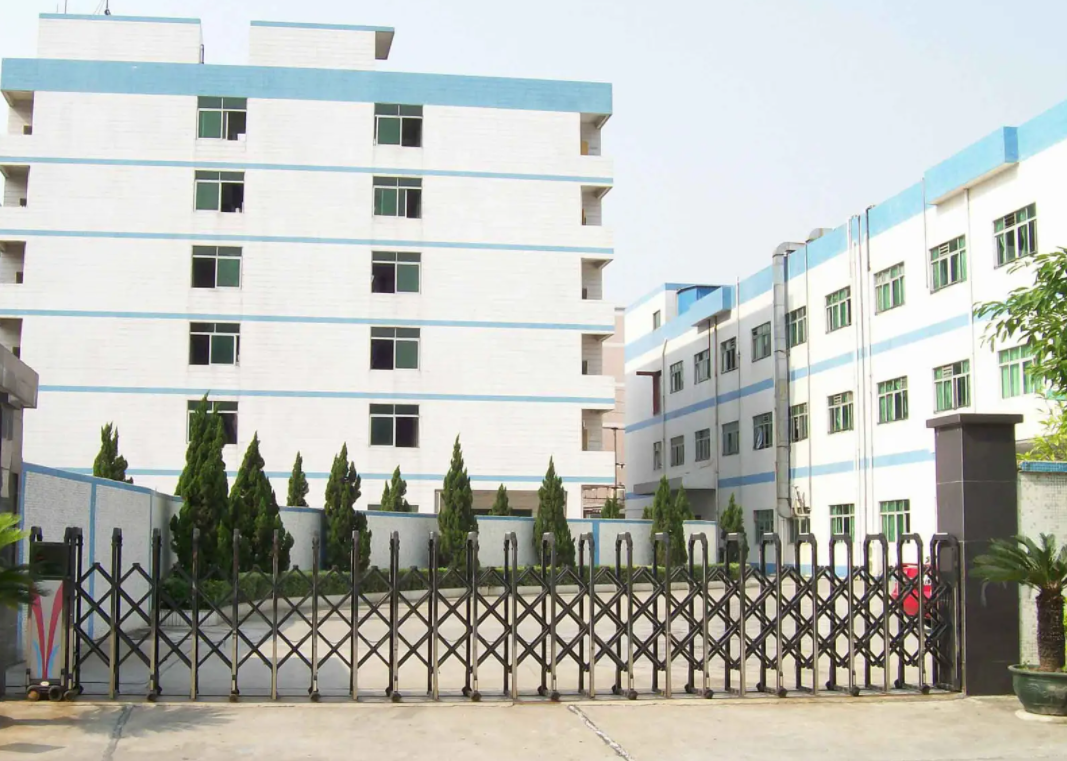
Dec . 23, 2024 06:08 Back to list
Exploring the Properties and Applications of TiO2 P25 in Environmental Catalysis
The Importance of TiO2 P25 in Environmental Applications
Titanium dioxide (TiO2) has garnered significant attention in both industrial and environmental applications, particularly in its P25 form. Known for its superior photocatalytic properties, TiO2 P25 consists mainly of anatase and rutile phases, which work synergistically to enhance its effectiveness in various applications, especially in environmental remediation and energy production.
One of the most remarkable features of TiO2 P25 is its photocatalytic activity, which is triggered by ultraviolet (UV) light. When illuminated, TiO2 P25 generates electron-hole pairs that can initiate redox reactions, enabling the breakdown of organic pollutants, or the transformation of carbon dioxide into useful fuels. This ability makes TiO2 P25 an invaluable resource in environmental cleanup efforts, particularly in degrading harmful substances such as volatile organic compounds (VOCs) and persistent organic pollutants in air and water.
.
In water treatment applications, TiO2 P25 has proven to be efficient in the photocatalytic degradation of various hazardous substances, such as dyes and heavy metals. When used in conjunction with solar energy, TiO2 P25 facilitates sustainable and cost-effective wastewater treatment processes. The incorporation of TiO2 in water treatment systems allows for the purification of contaminated water, making it suitable for human consumption or safe for discharge into the environment.
tio2 p25

In addition to environmental remediation, TiO2 P25 plays a pivotal role in energy applications. It is increasingly being used in dye-sensitized solar cells (DSSCs), where it acts as a semiconductor to convert solar energy into electrical energy. The unique properties of TiO2 P25 enhance the efficiency of these solar cells, making them a viable alternative to traditional silicon-based solar panels. Furthermore, ongoing research aims to improve the efficiency and stability of TiO2-based solar cells, thereby contributing to the development of sustainable energy solutions.
Moreover, TiO2 P25 has potential applications in self-cleaning surfaces and antimicrobial coatings. Its photocatalytic properties enable the degradation of organic matter and pathogens when exposed to light, thereby promoting cleaner surfaces in various settings, including hospitals and public spaces. This attribute makes TiO2 P25 an appealing choice for manufacturers looking to create products with built-in self-cleaning capabilities.
Despite its numerous advantages, the use of TiO2 P25 is not without challenges. The need for UV light activation limits its effectiveness in natural light conditions, which encourages research into the development of visible-light-active photocatalysts. Furthermore, the potential environmental impacts of TiO2 nanoparticles, particularly concerning human health and aquatic ecosystems, warrant further investigation.
In conclusion, TiO2 P25 is a multifunctional material with significant implications for environmental sustainability, energy production, and public health. Its exceptional photocatalytic properties position it as a key player in addressing contemporary environmental challenges and advancing clean energy technologies. As research continues to unlock its full potential, TiO2 P25 will undoubtedly remain at the forefront of innovative solutions aimed at creating a cleaner, more sustainable future.
-
Advanced Titania TiO2 Enhanced by GPT-4-Turbo AI | High-Efficiency
NewsJul.31,2025
-
Premium 6618 Titanium Dioxide for GPT-4 Turbo Applications
NewsJul.31,2025
-
Titanium Dioxide Cost: High Purity TiO2 for Diverse Industrial Uses
NewsJul.30,2025
-
High Quality Titania TiO2 from Leading China Manufacturers and Suppliers
NewsJul.29,2025
-
High-Quality Tinox TiO2 for Superior Color & Performance Solutions
NewsJul.29,2025
-
High Quality Titania TiO2 from Leading China Supplier & Manufacturer
NewsJul.29,2025
